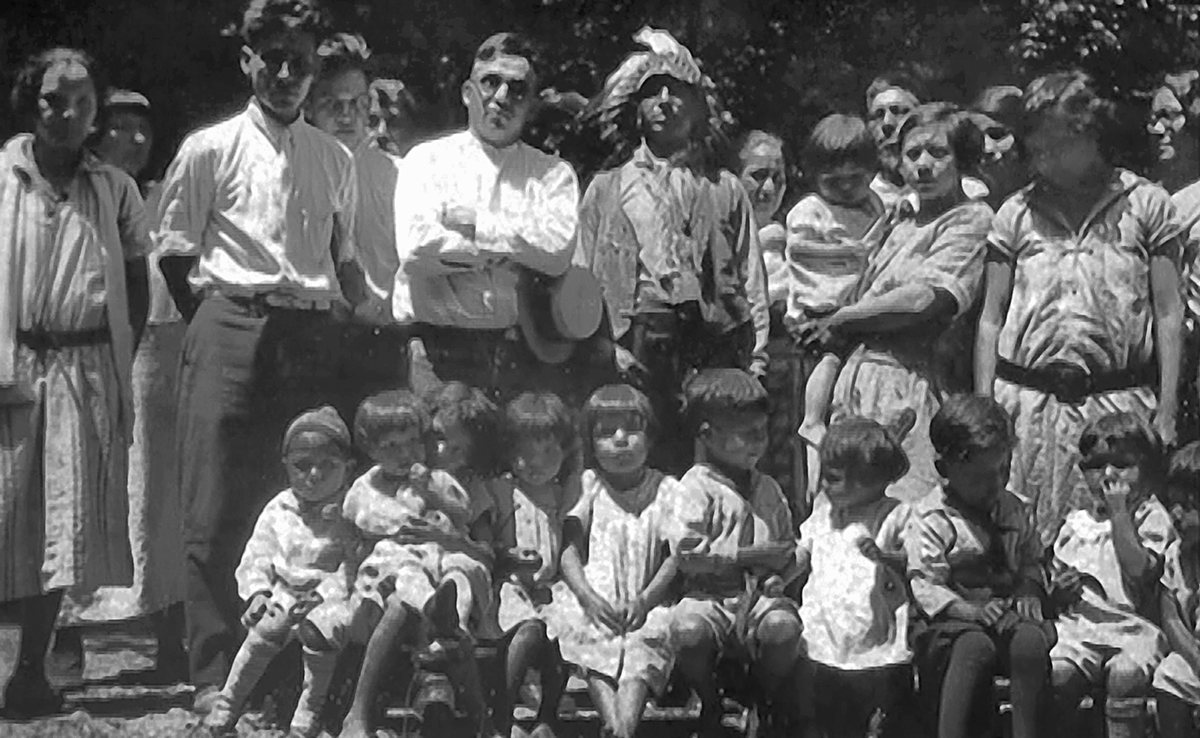 Figure 54. Photograph of a Gathering of NHBP Tribal Members, ca. 1950’s or 1960’s. Reprinted from NHBP Historical Collection, (n.d.).
Figure 54. Photograph of a Gathering of NHBP Tribal Members, ca. 1950’s or 1960’s. Reprinted from NHBP Historical Collection, (n.d.).
After World War II, the pattern of work off the reservation continued to grow. For many of the Nottawaseppi Huron Band of the Potawatomi, this period marked the first participation in the urban labor market (Summary Under the Criteria and Evidence for Proposed Finding Huron Potawatomi, Inc., 1995, p. 353).
By the end of the war, factory employment and other urban jobs had largely replaced the earlier dependence on seasonal farm work and subsistence farming. In the 1950s, the economic recession pushed several residents into looking for employment much farther away from the Pine Creek Reservation. Several related families (five children of Henry Medawis and Mary Pamptopee as well as their families) moved to the south side of Grand Rapids; other members of the band took jobs in Battle Creek or Kalamazoo and moved there to live. Others found housing in the rural areas near Athens because of inadequate housing on the reservation or the inability to get loans to build there because of the land’s trust status. Some worked with Indian programs, like the Grand Rapids Intertribal Council or All-Indian Outreach (Summary Under the Criteria and Evidence for Proposed Finding Huron Potawatomi, Inc., 1995, p. 353).
Several specific occupations of NHBP Members in 1951 were an expert orchardman (Homer Mandoka) and a foreman in the lumber camps, specializing in work with mechanical saws (Grover Mandoka). Albert Mackety, a patriarch of the Tribe, whose neat house and well-kept lawns were the “pride of the reservation,” had four sons. One was an expert tool and die maker (David Mackety), a machinist (Hubert Mackety), a pastor of the Indian church at Mt. Pleasant (Sam Mackety), and another son was studying for the ministry in Cincinnati. Levi Pamp, “grandson of the chief,” was a full-time basket maker because he had to work at home to nurse his son, Maynard, who for 25 years was crippled by polio. Another of Levi’s sons, Leonard Pamptopee, was a tree surgeon; a third, Kenneth, was attending high school in Athens (Summary Under the Criteria and Evidence for Proposed Finding Huron Potawatomi, Inc., 1995, pp. 353-354).
By the later 1950s, the reservation presented a combination of tradition and adaption. In 1958, Athens Indians told the local paper that the price of fur was so low that it was hardly worth catching a cold over the hunting and trapping. Two years later, an interview with Albert Mackety indicated that Michigan’s restrictive conservation measures were having a significant impact on the Potawatomi way of life in Calhoun County. Mackety, who retired from Duplex Printing Press Company, was peeling black ash for his wife’s basket weaving and trailed a buck in the swamp that morning while cutting black ash. Amos Day, a construction worker, was too busy working, so he could not hunt and fish, but his teenage boys still did so. Levi Pamp, age 66, recalled dugout canoes on Pine Creek in 1908 but said, “Now, we’ve got conservation laws. And trespass laws” (Summary Under the Criteria and Evidence for Proposed Finding Huron Potawatomi, Inc., 1995, p. 352).
References:
Summary Under the Criteria and Evidence for Proposed Finding Huron Potawatomi, Inc. (1995). United States Department of the Interior Bureau of Indian Affairs Branch of Acknowledgement and Research. https://www.bia.gov/sites/bia.gov/files/assets/as-ia/ofa/petition/009_hurpot_MI/009_pf.pdf
Unknown. (n.d.). Gathering of NHBP Tribal Members, ca. 1950’s or 1960’s [Photograph]. NHBP Historical Collection.